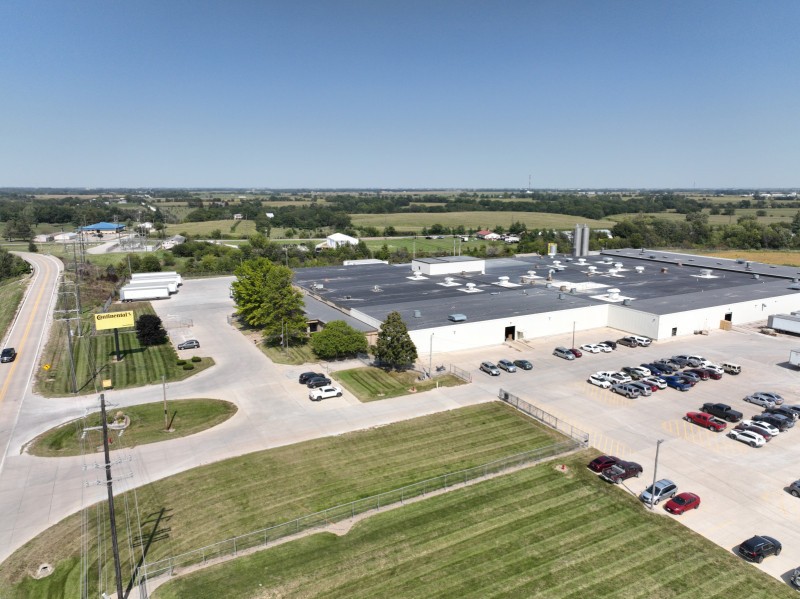Copyright Reuters

The shutdown has imperiled next month's Supplemental Nutrition Assistance Program, also known as food stamps, which serves nearly 42 million people. Sign up here. Neither Congress nor the U.S. Department of Agriculture has acted to fund the benefits beyond Saturday. The gap could mean an $8 billion revenue drop for grocers, declining sales for their suppliers and reduced hours for workers as it drives SNAP recipients to reduce spending, trade groups, companies and a union said this week. “It’s not only poor people who are on SNAP who are going to be affected. It means the places where they spend the money aren’t going to get that money,” said Marion Nestle, a professor emerita of health, nutrition and food studies at New York University. The National Grocers Association said on Wednesday that Congress should reopen the government and fund SNAP to avoid instability for customers and retailers, warning of "serious consequences for local grocers, their employees, and the food supply chain." "Retailers are going to be in a terrible situation here trying to manage costs and inventory," said Rob Karr, president and CEO of the Illinois Retail Merchants Association, adding stores could see unsold perishable goods go to waste. A USDA spokesperson called the benefit lapse "an inflection point for Senate Democrats." The agency has repeatedly blamed Democrats for the shutdown, most of whom have withheld votes on a spending bill in an attempt to keep healthcare costs from spiking for many Americans. WALMART TOP SNAP RETAILER Nearly 267,000 retailers are authorized to accept SNAP and they collect $96 billion each year, or $8 billion a month, in benefits, according to USDA data. About 75% of all SNAP benefits are used at supermarkets and superstores, rather than smaller retailers like bodegas, the data shows. Walmart, the biggest U.S. retailer, takes the biggest share of the funds, capturing about 26.1% of all of the grocery spend from the program, according to research firm Numerator. Walmart declined to comment. Dollar General and Dollar Tree did not respond to requests for comment. Retailers are also navigating other policy issues, like the USDA's September proposal to change stocking requirements for stores that accept SNAP, and cuts to the food aid program from Trump's July tax-cut and spending bill, said Alex Baloga, president and CEO of the Pennsylvania Food Merchants Association. The impact of lapsed benefits on grocery prices is hard to predict, but some retailers could respond to a drop in sales by raising prices in an attempt to protect thin margins, said David Ortega, professor of food economics at Michigan State University. "Especially if you’re looking at a small-size grocery store in a low income area, this is quite concerning for them," Ortega said. The United Food and Commercial Workers Union, which represents grocery retail and food manufacturing workers, said in a statement that their members "could see a reduction in hours and wages if SNAP dollars aren’t available to be spent in their stores or on their products." FOOD COMPANIES EXPOSED The companies did not respond to requests for comment. Across the U.S. food industry, about 7.5% of dollars are tied to SNAP usage in categories in which Smithfield sells products, though suspended benefits would have a relatively minor impact on the company, executives said. The company also said it was working with retailers to promote affordable products. "Obviously, it's something that we're focused on, something we're paying a lot of attention to because it does affect 40 million households in the U.S.," CEO Shane Smith said in an interview. Kraft Heinz has tried to lower its exposure to the SNAP program in part to reduce volatility from potential cuts. It saw sales falter in 2023 after the end of expanded SNAP benefits tied to the COVID-19 pandemic. CEO Carlos Abrams-Rivera said in June that the maker of Heinz baked beans and Kraft macaroni-and-cheese reduced its exposure to purchases made with SNAP from 20% three years ago to 13% in June. Kraft Heinz declined to comment. Reporting by Leah Douglas in Washington and Jessica DiNapoli in New York; additional reporting by Tom Polansek in Chicago and Siddharth Cavale in New York Editing by Nick Zieminski Our Standards: The Thomson Reuters Trust Principles., opens new tab Washington-based award-winning journalist covering agriculture and energy including competition, regulation, federal agencies, corporate consolidation, environment and climate, racial discrimination and labour, previously at the Food and Environment Reporting Network. New York-based reporter covering U.S. consumer products and the companies that make them, and the role they play in the economy. Previously reported on corporate boards and distressed companies. Her work has included high-impact stories on CEO pay, Wall Street bubbles and retail bankruptcies.



